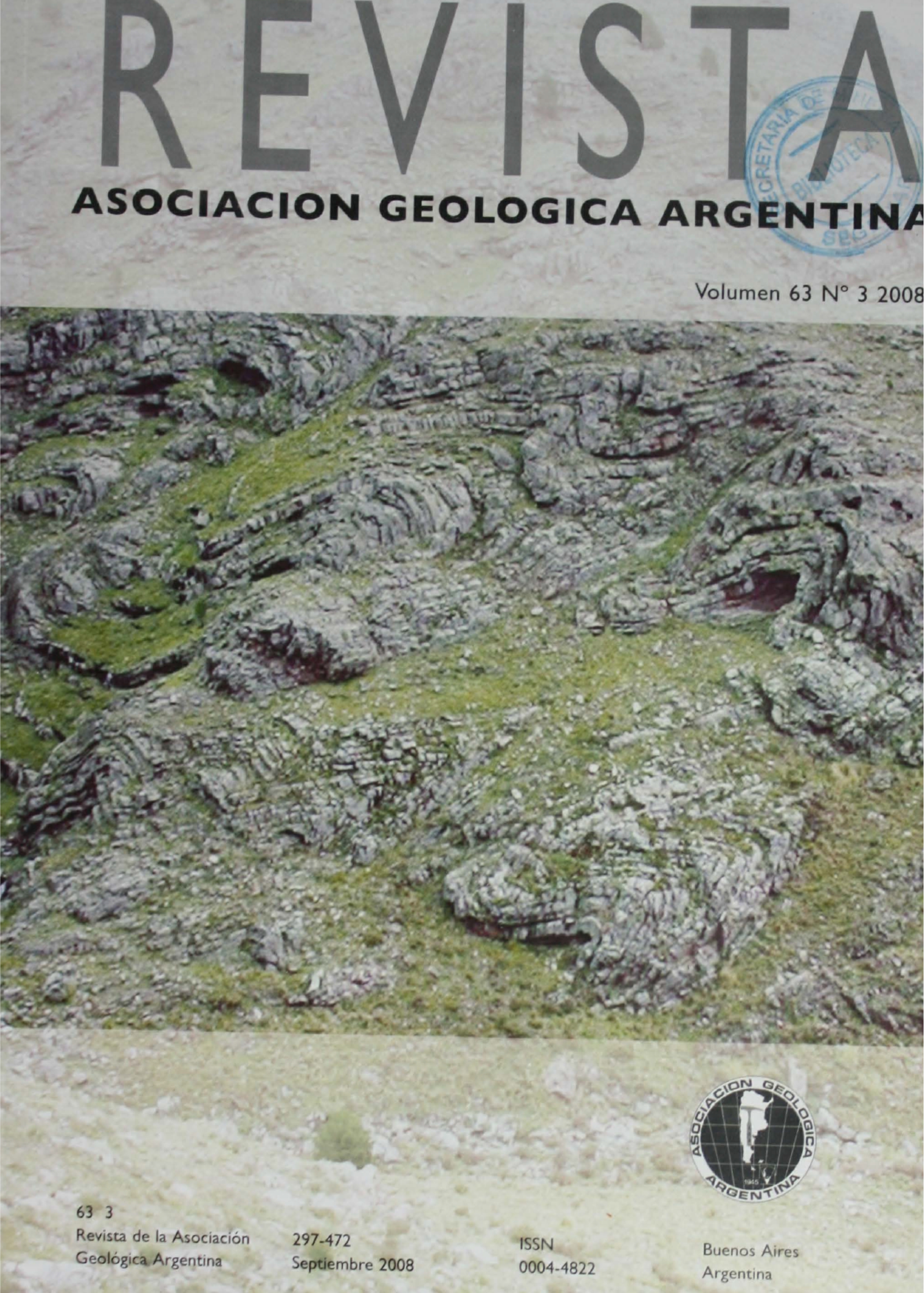Depósitos continentales cuaternarios en el noroeste de la provincia de Buenos Aires
Contenido principal del artículo
Resumen
Se describen las características litológicas y paleontológicas de las unidades continentales de este sector de la región pampeana. Estas características sugieren que los procesos continentales (fluviales, eólicos y meteorización) y litorales son los que han
tenido mayor influencia en el desarrollo de las diferentes geoformas, unidades litológicas y componentes fosilíferos. Las unidades de génesis continental de mayor desarrollo y distribución comprenden al loess y los limos loessoides agrupados como
Formación Pampeano. Esta unidad, depositada esencialmente por acción eólica, ha sido retrabajada en algunos casos por el
agua y procesos gravitacionales, y afectada por procesos de meteorización, e involucra también facies fluviales y lacustres. La
homogeneidad observable en los depósitos ha provocado que frecuentemente su discriminación se basara en aspectos no
puramente litológicos, siendo arbitraria y dificultando las posibilidades de efectuar correlaciones con otros afloramientos, debido a la discontinuidad horizontal y escaso espesor aflorante. Por esta situación, se considera que la denominación de
Formación Pampeano al conjunto de los sedimentos refleja de manera más adecuada las características de la unidad. Se describen asimismo otras unidades aflorantes en el área, como la Formación La Postrera, los depósitos encauzados de la
Formación Luján y el aluvio actual, los geosuelos Puesto Callejón Viejo y La Pelada, y las unidades mixtas o litorales correspondientes a las Formaciones Pilar y Campana.
Detalles del artículo

Esta obra está bajo una licencia internacional Creative Commons Atribución-NoComercial 4.0.
Nota de copyright
Los autores conservan los derechos de autor y garantizan a la revista el derecho de ser la primera publicación del trabajo licenciado según una licencia de atribución Creative Commons que permite a otros compartir el trabajo con el reconocimiento de la autoría y de la publicación en la que se publicó por primera vez.
Declaración de privacidad
Los nombres y direcciones de correo electrónico introducidos en esta revista se usarán exclusivamente para los fines declarados por esta revista y no estarán disponibles para ningún otro propósito u otra persona.

